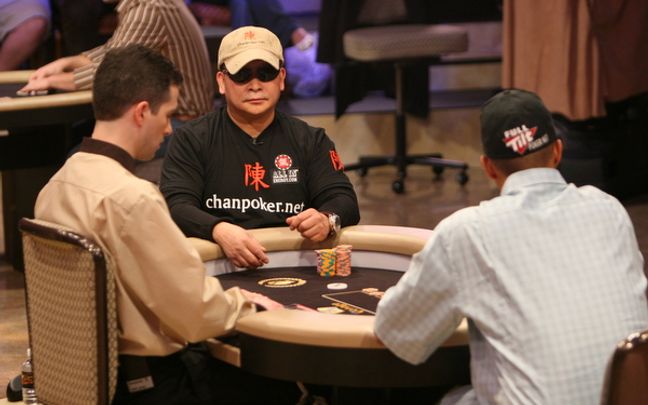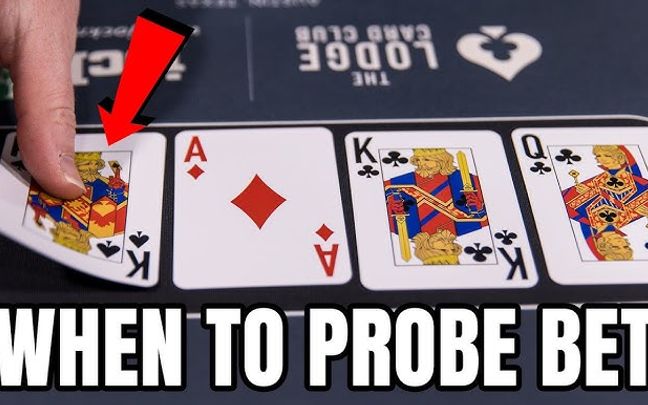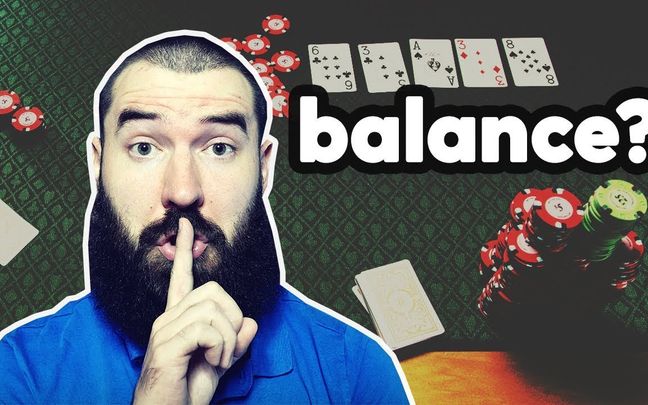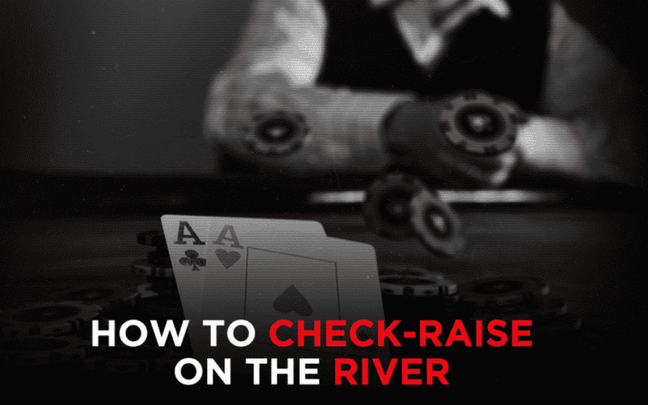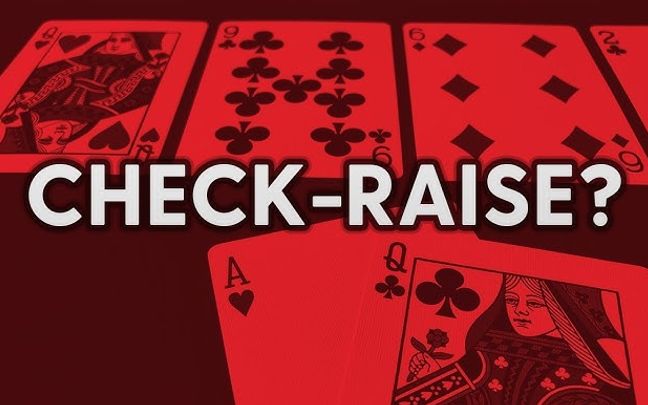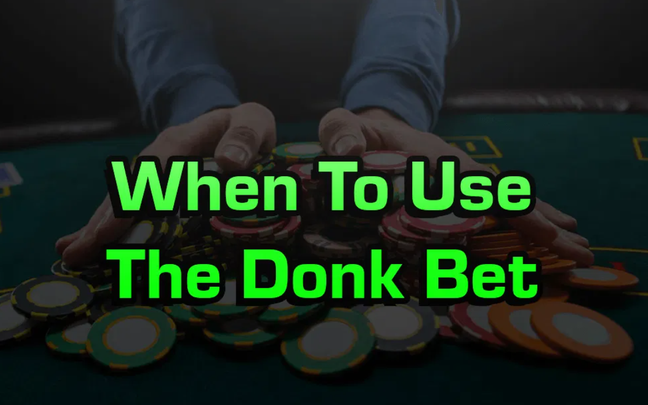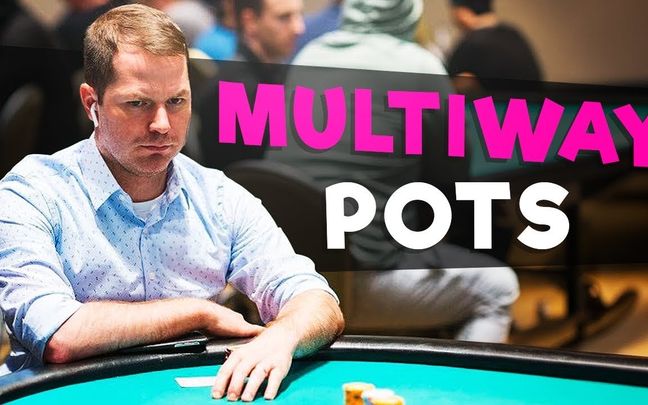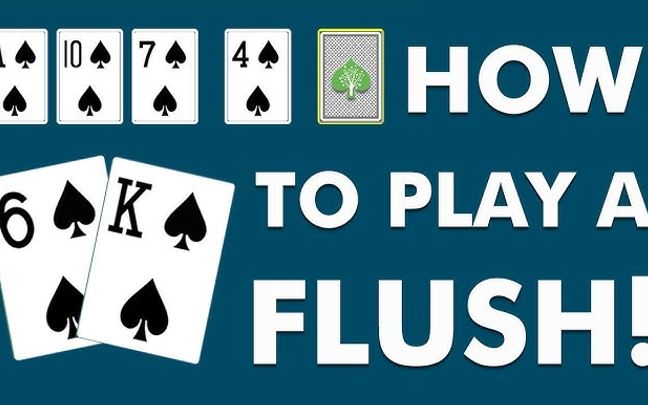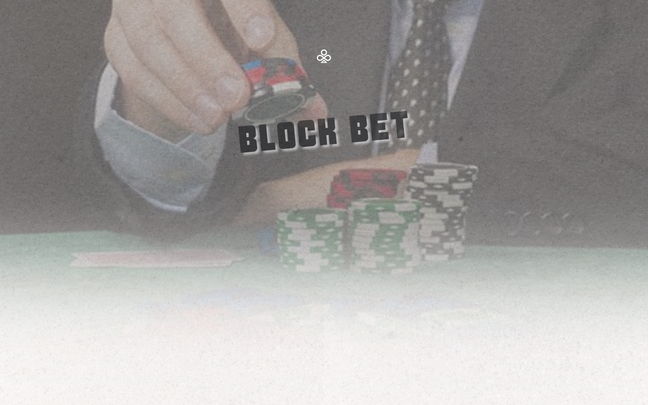Professional pot management is a crucial skill in poker that helps players optimize their strategy and maximize their profits. Understanding how to approach the pot not only helps you control the game but also increases your chances of winning against your opponents. This article will help you master the secrets to becoming a more professional poker player.

Professional pot management helps you control the game.
Secrets to Professional Pot Management in Poker
Professional pot management in poker is an essential skill for becoming a great player. To optimize your strategy and increase your chances of winning, you need to understand and apply a range of principles and tips. Below is a detailed guide to help you approach the pot professionally.
Assessing the Pot Size
One of the basic yet most important skills for professional pot management is assessing the size of the pot. Knowing the current pot size allows you to adjust your betting strategy accordingly. For example, when the pot is large, you need to carefully consider whether to continue investing in the hand, especially if you're not confident about your chances of winning. Conversely, if the pot is small, placing a smaller bet can help you control risk and keep your opponents in the game.
Calculating Pot Odds
Pot odds help you decide whether to continue with the hand. By comparing the odds you're being asked to call with your chances of winning, you can determine if calling is reasonable. If the pot odds are higher than your chances of winning, it's a favorable decision. Conversely, if the pot odds are lower, you should consider folding to avoid losing more chips.
Managing Bet Sizing
Managing bet sizing is a key factor in professional pot management. Betting too little means missing the opportunity to build a large pot when you have a strong hand, while betting too much may reveal your strategy or force weaker opponents out of the hand. An ideal bet is one that sufficiently protects your hand without being so large that it makes your intentions obvious. This requires a balance and flexibility in adjusting your bet sizes.
Adjusting to Opponents
Each opponent has their own playing style, and adjusting your pot management based on their habits is crucial. Against aggressive opponents, you may need to make larger bets to put them in a difficult position. Conversely, with passive opponents, you can control the pot by betting smaller and trapping them. It is important to continuously monitor and adjust your strategy based on how your opponents react to your actions.
Controlling Position
Your position at the table greatly influences how you approach pot management. When you're in a late position, you have a significant advantage because you have information about the actions of other players before making your decision. This allows you to adjust your bets and strategy intelligently. In an early position, you need to be more cautious as you act before having much information.
Exploiting Bluffing Opportunities
Bluffing is one of the most powerful strategies in poker, but to bluff successfully, you need to choose the right moments and opponents. Effective bluffing not only helps you win pots where you don't have a strong hand but also makes your opponents more uncertain about your strategy. When opponents start to doubt every large bet you make, they will find it harder to decide, creating opportunities for you to gain an edge.
Observing Opponent Behavior
Observing and analyzing your opponents' behavior is an essential part of professional pot management. By monitoring how opponents bet, you can gather information about their playing style, mindset, and abilities. For example, if an opponent frequently makes large bets when they have a strong hand, you can avoid falling into their traps. Conversely, if they frequently bluff, you can use this to your advantage.
Managing Emotions
Poker is not just a game of skill but also a psychological game. Maintaining calm and controlling your emotions is crucial for making sound decisions. When emotions take over, you're more likely to make mistakes, such as betting too much when you're angry or folding too early out of fear. Always stay focused and composed, whether you're winning or losing.
Being Flexible with Strategy
Poker requires flexibility in your approach. No single strategy is perfect for all situations. You need to adapt your strategy based on the table dynamics, opponents' styles, and pot sizes. Sometimes, changing your approach unexpectedly can confuse opponents and give you an advantage.
Learning from Experience
Finally, to manage the pot professionally, you need to continually learn and draw lessons from previous hands. After each game, evaluate your decisions, identify mistakes, and adjust your strategy for future games. Learning from your own experiences and from skilled players will help you improve your skills and increase your chances of long-term success.
By mastering these secrets, you'll be able to manage the pot professionally, optimize your play strategy, and enhance your chances of success in poker. Remember, poker is not just about luck but also about skill, strategy, and situational awareness.

The skill of professional pot management includes calculating pot odds.
Practical Example of Professional Pot Management
To illustrate professional pot management in poker, we’ll consider a real-life scenario at a Texas Hold'em No-Limit cash game table.
Hypothetical Situation
You are playing in a $1/$2 cash game and are in the late position, which is ideal because you can observe the actions of your opponents before making a decision. You hold Ace of Spades (A♠) and King of Hearts (K♥), a very strong starting hand.
Pre-Flop:
-
Current Pot: $3 (blinds).
-
Opponent Actions: A player in the middle position raises to $8. Another player in the late position calls $8.
-
Your Action: With a strong hand like A♠ K♥ and in a favorable position, you decide to re-raise to $28 to put pressure on your opponents and control the pot.
Flop:
-
Flop Cards: Q♦ 10♠ 2♣
-
Current Pot: $67 (including opponents' bets).
-
Opponent Actions: The player in the middle position checks, and the other player also checks.
-
Your Action: With your hand (A♠ K♥), you have a "gutshot straight draw" (needing a J to complete a straight). Although your hand isn’t strong yet, you can use this opportunity to bluff. You decide to bet $40 into the $67 pot, a bet large enough to put pressure on but not overly risky.
Turn:
-
Turn Card: J♠ Current Pot: $147.
-
Opponent Actions: Both opponents check again.
-
Your Action: The J♠ is the perfect card that completes your straight (A♠ K♥ Q♦ J♠ 10♠). Now you have the strongest hand on the board. To maximize value, you want to make your opponents think you are either bluffing or have a weaker hand. You decide to bet $70 to entice them to continue in the pot.
River:
-
River Card: 3♦
-
Current Pot: $287.
-
Opponent Actions: One opponent folds, but the player in the middle position decides to go all-in with their remaining $120.
-
Your Action: With the best hand (straight), you easily call. The opponent reveals K♣ Q♠, a strong hand but not as good as your straight.
Outcome
You win the pot with a total value of $527.
Analysis
In this situation, you approached the pot professionally by:
-
Raising Pre-Flop: To reduce the number of opponents in the pot and gauge their hand strength.
-
Continuing Bet on the Flop (C-bet): Even though you didn't have a strong hand yet, you bet to maintain pressure, suggesting that you had a strong hand.
-
Exploiting the Opportunity on the Turn: When the perfect card appeared, you adjusted your bet to lure opponents into the pot.
-
Managing the Pot Wisely: You didn’t bet too large on the river to keep opponents in the game but still maximized the value of your strongest hand.

To manage pots professionally, you need to closely monitor your opponents' behavior.
This scenario illustrates professional pot management by evaluating the hand, position, opponent behavior, and managing bet sizes. It shows how you can maximize profit in poker through carefully calculated decisions.

